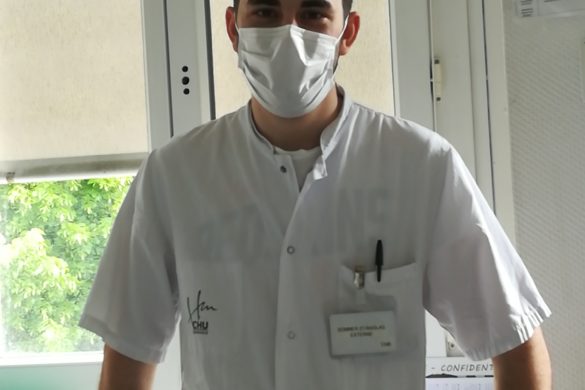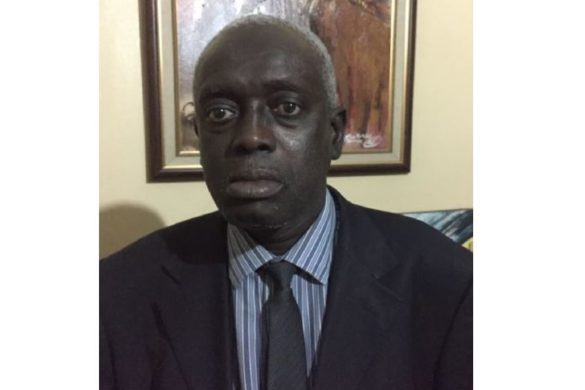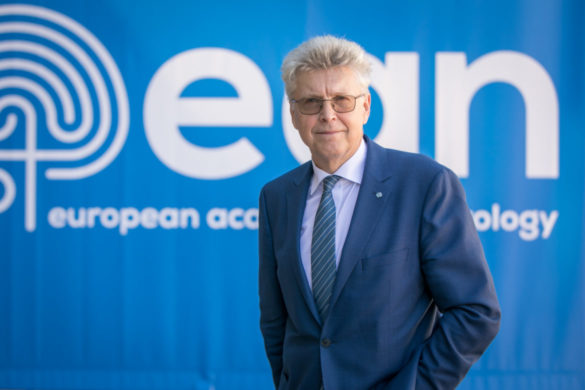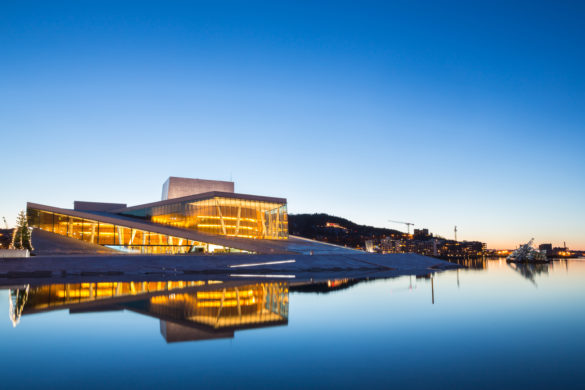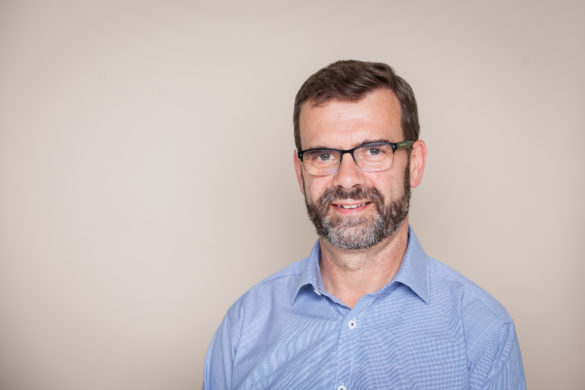Portugal is a country with a 900-year history: many remnants of past colonization by Celtics, Romans, and Arabians are still present. Unquestionably, the greater contribution of Portugal to the humanity have been the overseas navigations around the world, namely the discovery of the maritime way to India, the discovery of Brazil and of several Atlantic islands. All that was made possible by a thorough scientific knowledge of mathematic, astronomy, cartography, geography and meteorology. New important scientific knowledge resulted from these voyages, namely in medicine.
Portugal doesn’t remain tied to its past. It is a modern country with plenty of activity and developments. In the field of neurology, the first Portuguese neurologists were trained at the main European centers at the beginning of XX century, mainly in Germany and France, where they had the opportunity to meet some of the legendary names of neurology. Neurology in Portugal began with Egas Moniz (1874 – 1955) when he was appointed Chair of Neurology and head of Department of Neurology at the newborn University of Lisbon in 1911. The commitment of Moniz to neurology began a few years before, in 1902, when he began to visit regularly “La Salpetrière”. Another Portuguese neurologist at those early days was António Flores (1883-1957). After his graduation in medicine he moved to Germany where he spent five years with Oskar and Cécile Vogt at the Neurologische Zentralstation in Berlin. He had also the opportunity to visit Alzheimer. When he returned to Lisbon in 1910 carrying a strong neurological background was invited by Moniz to the new Department. Thereafter, both worked at Lisbon School of Medicine. After the retirement of Moniz in 1955, Flores took his place. Following the invention of cerebral angiography in 1927, formerly committed to the diagnosis of space occupying lesions, a section of Surgical Neurology was created adjacent to the Department of Neurology. It was the first at the Iberian Peninsula. His former responsible was the surgeon Almeida Lima (1903-1985) who, after a fellowship in England with Hugh Cairns, became the first Portuguese neurosurgeon. The development of cerebral angiography gave high international reputation to Moniz and the so-called “Lisbon School of Angiography”. In 1931, Corino de Andrade (1906-2005), a young neurologist formed at the department of Moniz, moved to Germany to stay with the couple Vogt and later with Barré in Strasbourg. After returning to Portugal in 1938 he moved to Porto becoming the first neurologist at the second Portuguese town. There, he founded the Department of Neurology at the Santo António Hospital. His name is associated to the identification of Portuguese Familiar Amyloidosis in 1952, and the investigations in Machado – Joseph Disease. A Department and chair of Neurology was also created at the University of Coimbra.
In 1949, the Portuguese Society of Neurology and Psychiatry was created being António Flores, former president. In 1982 it was decided to split in two societies, this giving birth to the Sociedade Portuguesa de Neurologia (Portuguese Society of Neurology) that is nowadays the society of all Portuguese neurologists, with about 300 members.
In Portugal, the residency program in neurology has a duration of five years, including an optional period of 6 months which is generally used to move to different countries where the residents may perfection their skills in specific areas and allowing them to widen their horizons.
At present, the departments of neurology are located in all central and in the majority of regional hospitals. Major research centers in neurosciences exist in all medical schools: Lisbon, Porto, Coimbra and Braga. In Lisbon there is also the Champalimaud Foundation, a scientific institution created by a private legacy.
Clinical neurology in Portugal accomplishes with the highest standards in many areas such as surgery in epilepsy and in movements disorders. Specific specialized areas such as Portuguese Amyloidosis are internationally recognized. Other areas such as neurobehavioral, dementias, headaches, multiple sclerosis and stroke are also relevant. The fast advances in stroke treatment have led to the development of a national network to treat stoke patients according to the international guidelines.
The National Health System in Portugal covers all citizens in public hospitals and in out-patients’ health centers. Moreover, modern private hospitals are also an option.
The geographic location of Portugal with a sunny, mild to warm climate all around the year, the abundance of beaches and a diversity of scenarios supplied by a large variety of hotels make Portugal a popular destiny. The almost millenary history is also attractive for those who are looking, not only for “sun and beach” but also for cultural / historical purposes. Algarve, Lisbon, Porto, Douro and the islands of Madeira and Azores are the most popular destinations. Moreover, the friendly population, a peaceful and safe environment, and the affordable prices make many retired citizens, from northern European countries, to move to Portugal.
The 4th EAN Congress in Lisbon is indeed a nice opportunity for a lovely experience in Portugal! You are all more than welcome!
Prof. Victor Oliveira
Dept. Neurology, Hospital Santa Maria / Faculdade de Medicina de Lisboa




